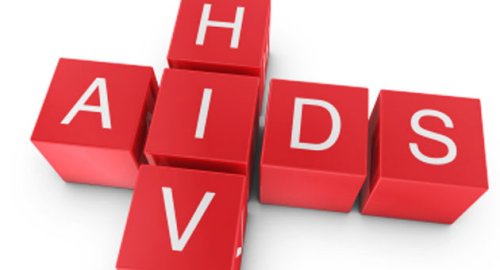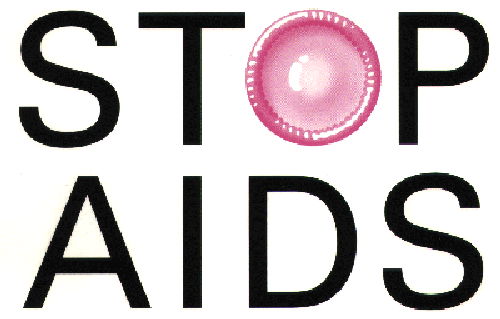Increasing HIV Infection Challenges Gov’t Reduction Target
The HIV/AIDS infection has seen an increasing trend, thus posing a challenge to the government ambitious plan on decreasing the infection rate of the deadly disease among risk group population to less than 1% by 2015.
Between 1990 and June 2012, over 5,260 out of 334,876 people who were given blood check were identified HIV positive and other 3,282 people were living with AIDS, according to Deputy Director of the HIV/AIDS and Sexually Transmitted Disease Prevention Centre Dr. Phouthoune Soutthalack.
Dr. Phouthoune in recent weeks said that 1,334 people died of the disease during the period adding Vientiane was ranked first as a province with highest number of HIV infected people (1,873 people), followed by Savannakhet 1,793, and Champassack 552.
He attributed the high infection rate of HIV/AIDS in these provinces to their increasing density of population and increasing rate of people migration as well as the fact that they are border provinces in which people migration between them and neighbouring countries is common.
However, in an effort to tackling the problem, said Dr. Phouthoune, the Party and Government as well as the Ministry of Health has expanded the network of health facilities where voluntary blood check, counselling service is available.
There are 149 blood check facilities across the country, of which 57 are located at province levels, and 89 at district levels. Additionally, three dispensaries with an ability to provide blood check service for people with HIV/AIDS have been built.
In order to contribute to realising the MDG (Millennium Development Goal) by 2015, especially the MDG 6 which indicates the reduction of HIV/AIDS and Malaria to under 1%, the HIV/AIDs and Sexually Transmitted Disease Prevention Centre have established the National Committee on HIV/AIDS Prevention at central, provincial and district levels, and encouraged public participation in anti-HIV/AIDS efforts.
The centre has mainstreamed HIV/AIDS prevention into an anti-tuberculosis plan. In addition to the effort by the centre, the law on HIV/AIDs prevention and an anti-AIDS policy as well as the Five-Year National Strategic Plan on HIV/AIDS Prevention have been endorsed and established. Meanwhile, anti-AIDS and AIDS related medical treatment manuals for medical workers have been published and anti-AIDS outreach service has been made available targeting risk groups such as sexual workers, gay men and drug abusers. Health facilities with HIV/AIDS medical service have covered 82% of target areas and there are five health centres able to provide antiretroviral (ARVs) medication.
The current AIDS infection rate among target group is 1.5 %, and it is expected that the government could achieve the target of less than 1 % by 2015, according to Dr. Phouthoune.
Source: KPL Agency



